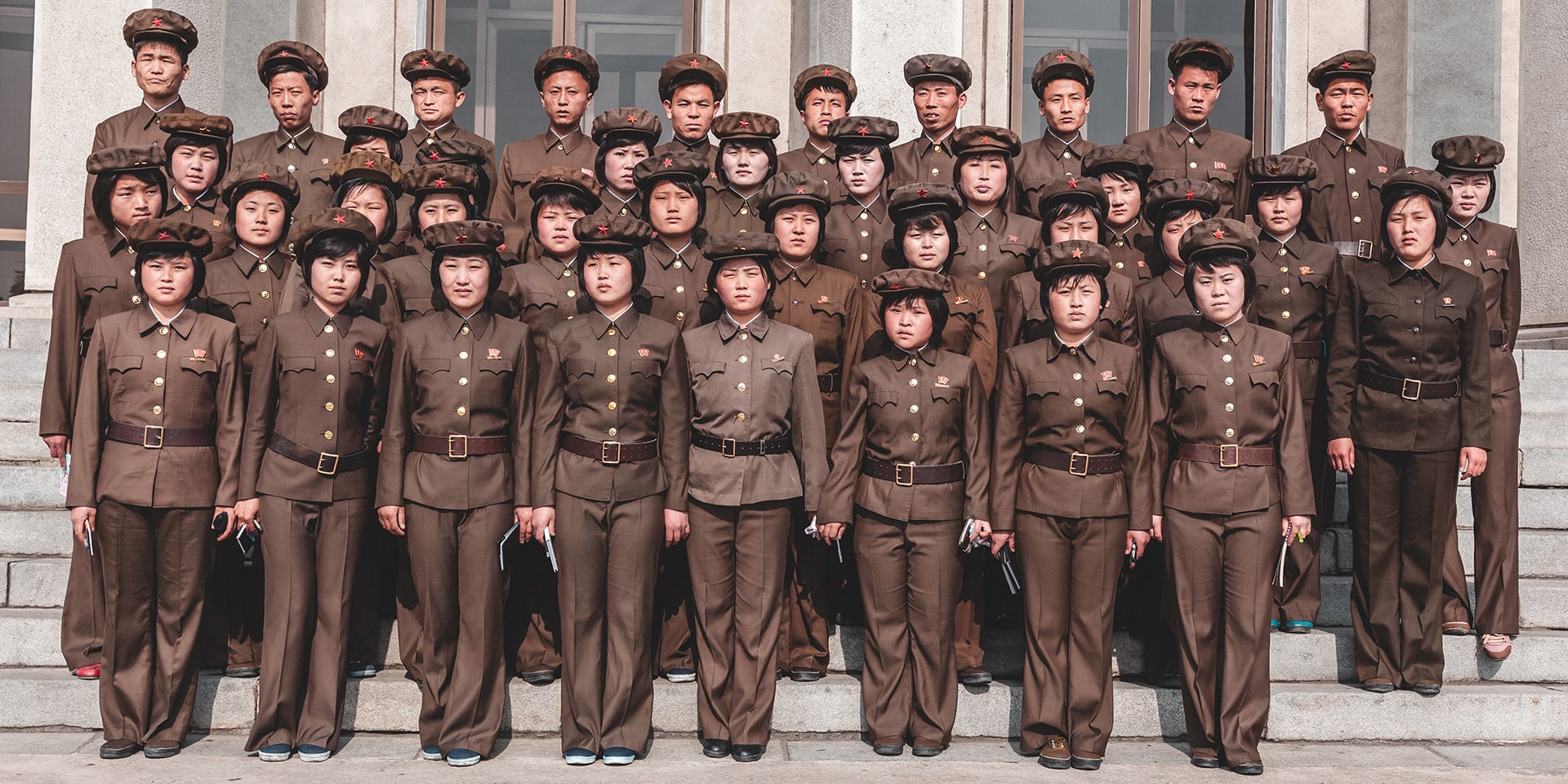
Ashort flight from Yangon sits the very traditional Loikaw, one of the best places to head in Southeast Asia for a window into authentic tribal life. Here, there is no chance you’ll feel like you’re visiting a “living museum” – like you may feel in some parts of northern Thailand – since many people here have had no contact with tourists whatsoever. No contact, that is, until I recently visited. Yes, I was the very first foreign visitor to some of Loikaw’s more remote tribal areas. And though journeying down an unpaved road can be troublesome at times, as you’ll read in my experiences below, this was one of the more satisfying trips I’ve had the opportunity to undertake.
Located in the Karen Hills of Kayah state, the sleepy town of Loikaw is slowly waking up. It’s now home to 250,000 people, while the state boasts an incredible five million. Up until 2006, the areas outside the city were considered a “black zone,” where no visitors were permitted, due to the conflict between the local Karen people and the army – which spans all the way back to 1967. In 2006, only two areas outside the city opened to tourism. Just a few months back, several new and exciting places opened up – these were the places I was the first to jump at the chance to explore.
Loikaw has an airport, but it’s tiny. Upon our flight’s arrival from Yangon, we met our local guide and filed our immigration paperwork. We attempted to extend our permit to visit more villages than originally planned, but unfortunately were denied our request.
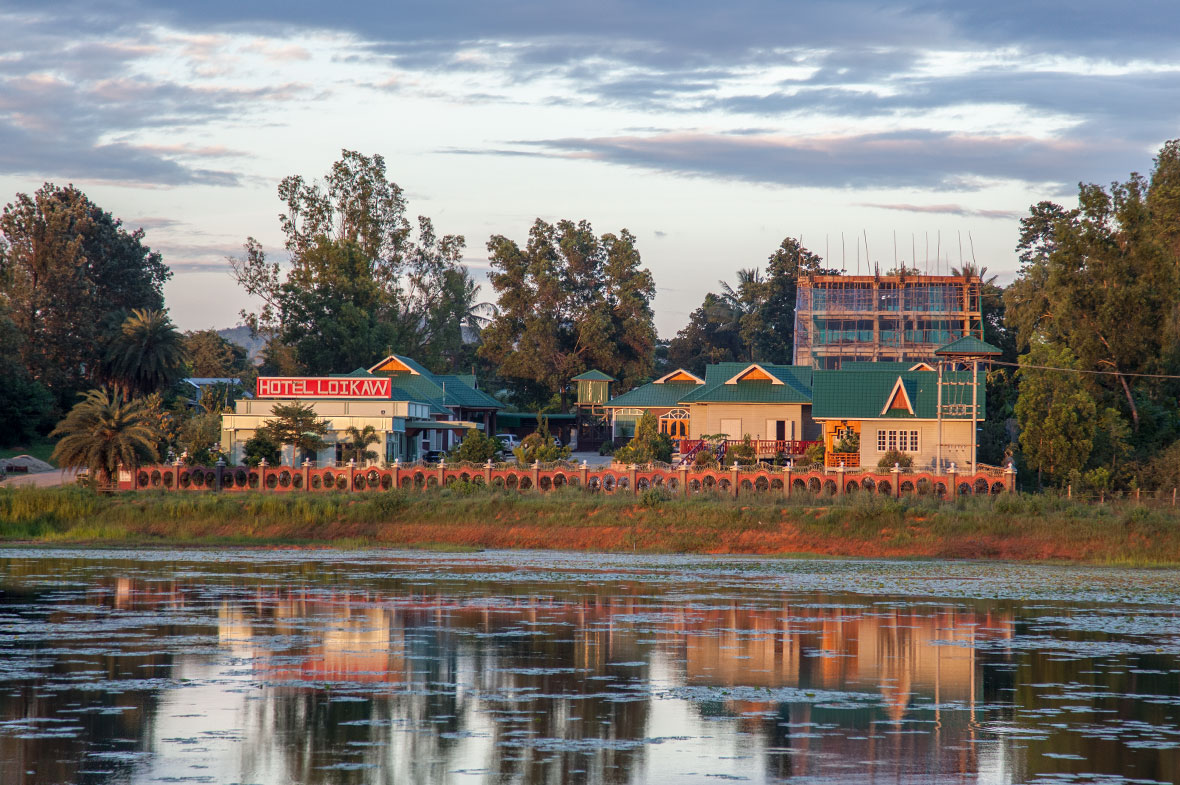
We checked in at Hotel Loikaw, owned by a former rebel leader of the KNLF – a Karen insurgent group that fought the government for years until a peace treaty was signed in 2012. The hotel is new but basic, with hot water, air conditioning, a TV, and WiFi, though not much else. Power cuts were frequent in Loikaw during my stay, with nearly one per day. Still, I managed to get a decent night’s sleep in preparation for my tribal exploration over the coming days – when I would be visiting the province’s three main tribes (all with quite similar names): the Kayan, the Kayah, and the Kayaw.
THE KAYAN TRIBE
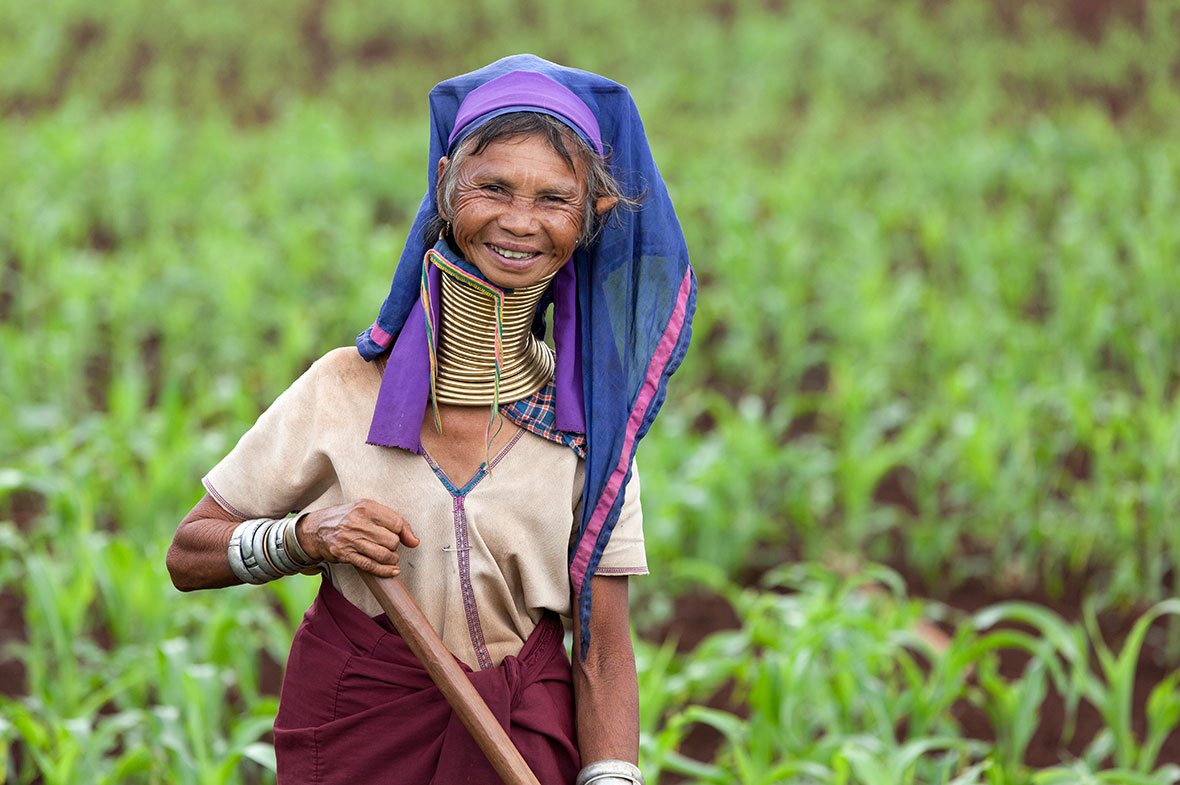
I awoke to a thick blanket of clouds converging in the sky out my window – it was rainy season during my visit, but if anything, the rain and dramatically overcast skies only added to the area’s natural beauty. We stopped along the way to pick up cooking oil, laundry detergent, and beer to give as gifts when visiting the village. It is advisable to give gifts over money, as when money is given, sometimes the locals begin charging money to have their photo taken and the like.
We continued along the road to Panpet village, an hour and a half’s drive away. At the village’s outer rim were spectacular rice fields, flooded with rainwater. I stopped to capture the stunning natural scene with my camera. We also stopped here to pick up the chief of Panpet village, an acquaintance of my guide. I chatted to the chief as we entered the village. The tribe members of Panpet are often called Padaung, he told me, but they aren’t fond of this name and call themselves Kayan.
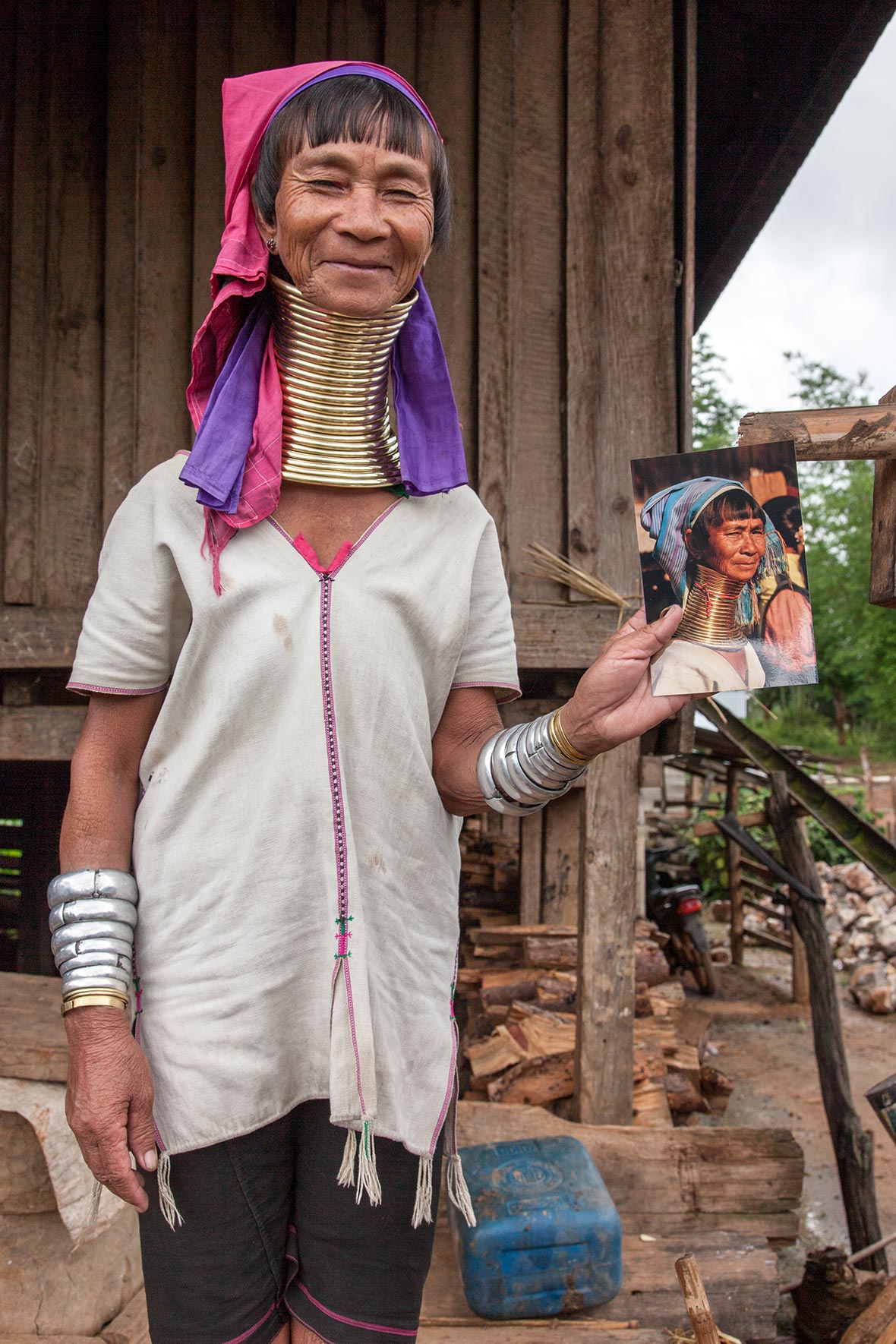
The village chief assembled a group of seven Kayan women to welcome us, and they invited us into one of their homes. My guide had brought some photos of these women taken by a friend of his on a previous visit, and he handed them out to the women, who were delighted to see themselves in print.
I was offered tea as we sat around a fire and conversed with the women. They proceeded to sing some Kayan songs for me, acoustic guitar and all. Though simple, it was an amazing experience and gave me some fantastic insight into the basic daily lives of the Kayan people.

We stepped back out into the spectacular outdoors after some time, and the women led me out to the rice fields where I snapped some more photos and enjoyed the tranquility and beauty of the setting.
I later returned here, just before my flight, and had the opportunity to observe a woman putting rings on her granddaughter. This task – once performed by a shaman – is a sort of training for the children’s’ necks, who remove the rings during the school season.
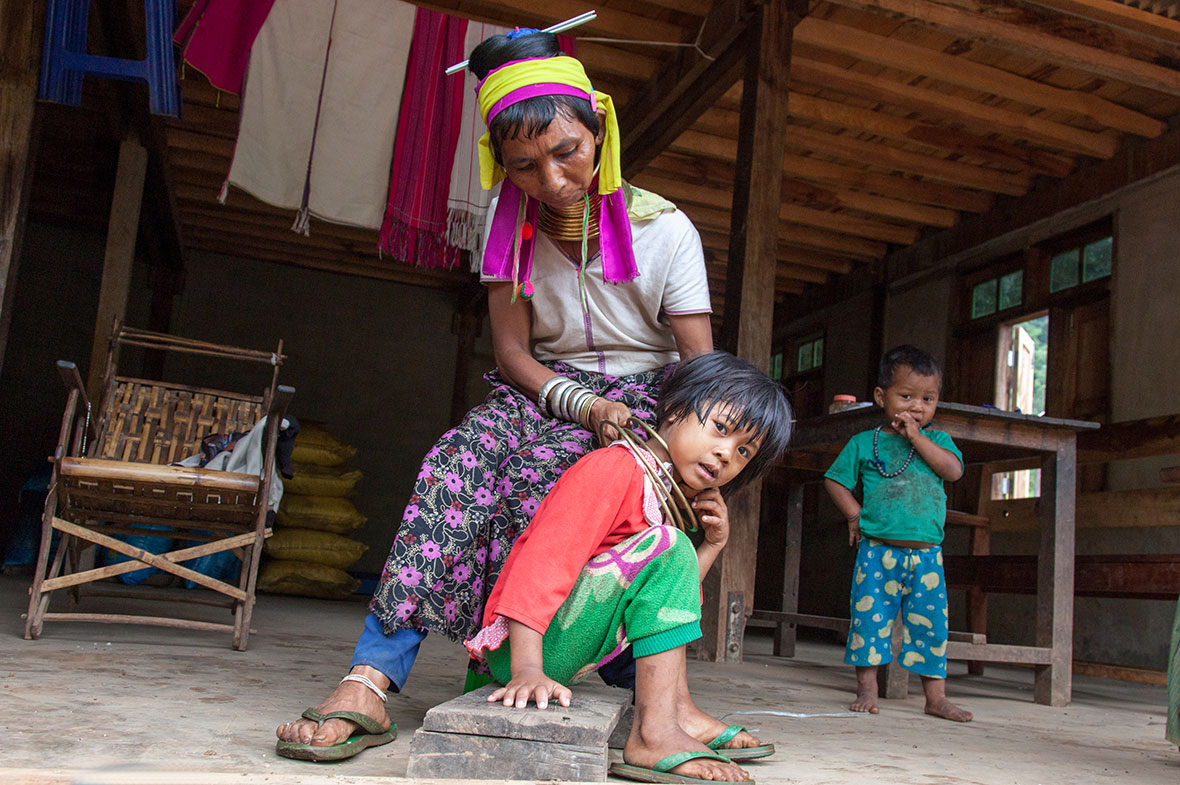
Also later in the trip, we ended up stopping at another Kayan village called Sunbon, which is closer to town and more touristy than other villages, but still worth a look. The locals here had a noticeably higher standard of living and everyone spoke Burmese, in strong contrast to the other villages we would later visit. There were seven longneck women living in Sunbon, and I learned a bit about their culture. I was interested to learn that 28 is the maximum number of rings their necks can hold, and there is a lock on the back they can release when they sleep so that their necks have a bit of breathing room. The rings do not, however, ever come off entirely.
THE KAYAH TRIBE
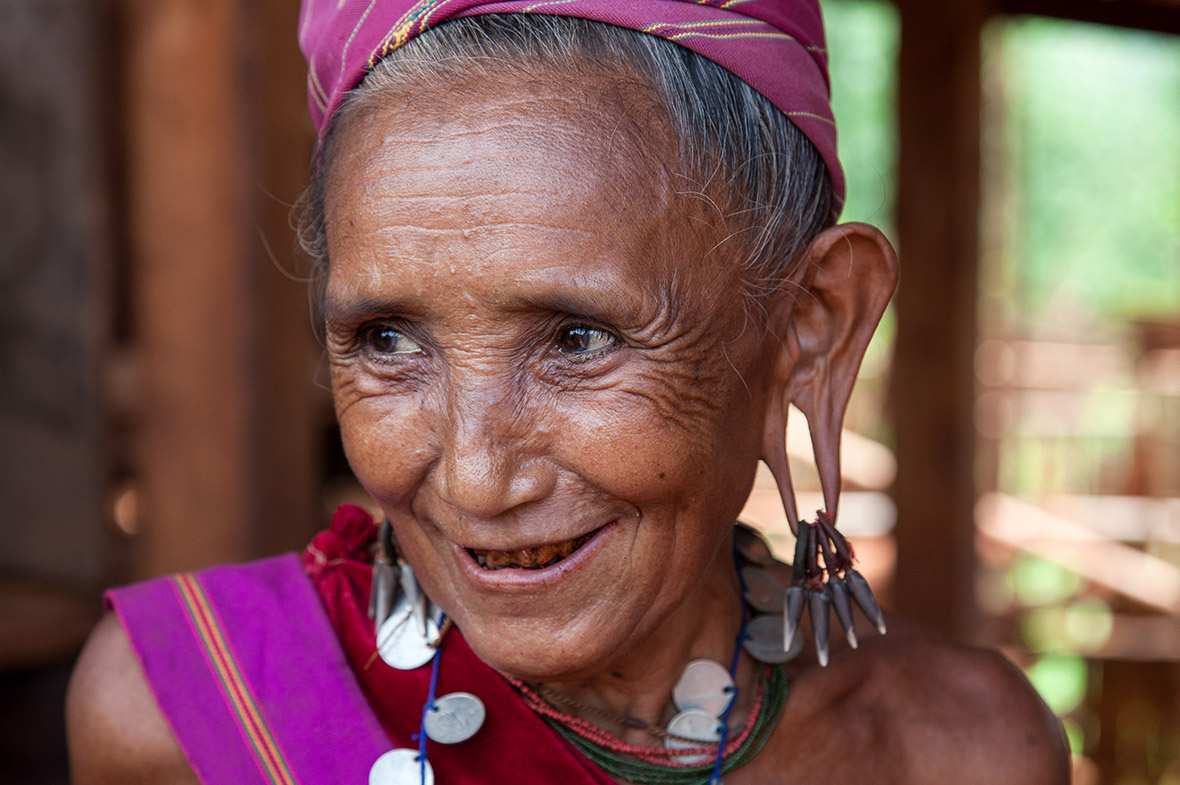
The following day, we loaded up once again on supplies for gifts, and drove 2.5 hours to visit two Kayah villages: Dawdama Gyi and Dawsaw Pyar. These villages opened to visitors just months before my trip, in February 2014. I was told that apart from some NGOs, no other foreigners had been there. I was to be the first.
This became quickly apparent to me, as the children waved excitedly when we drove past them on the half-paved, half-dirt road lined with teak trees. The area was gorgeous.
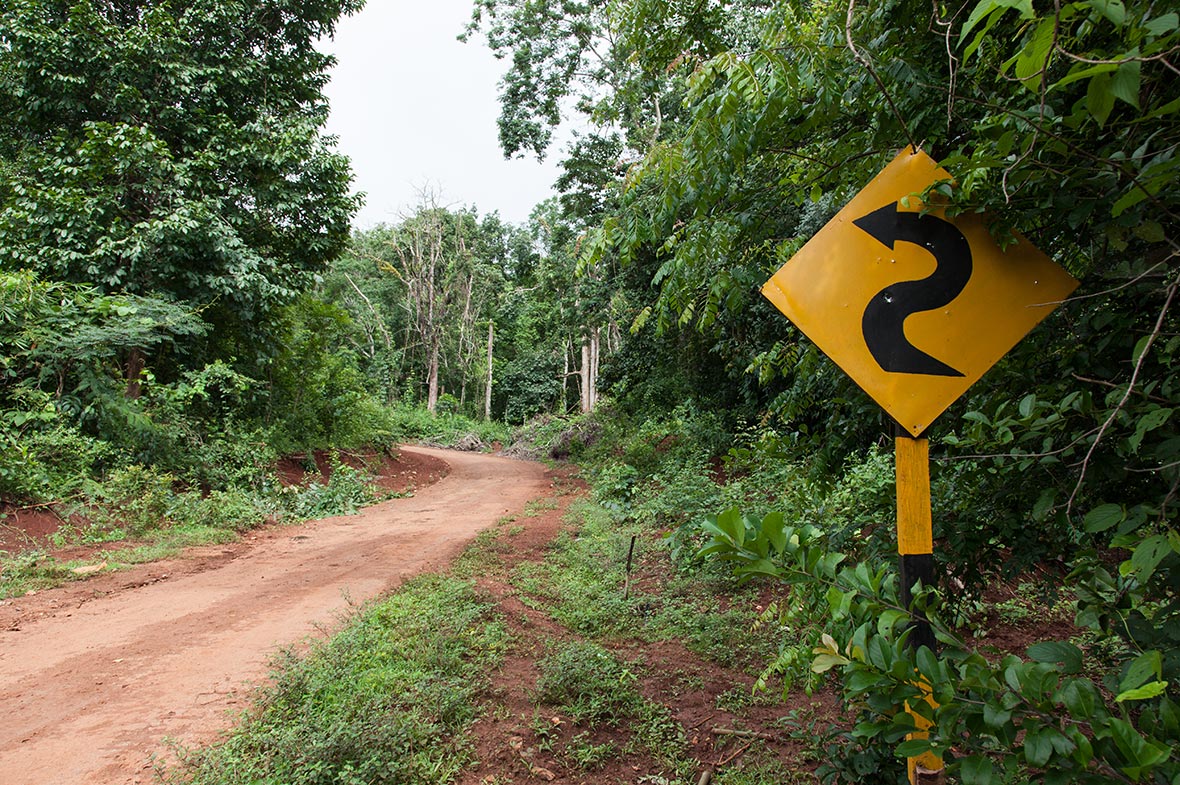
Upon arrival in Dawdama Gyi, I learned that the villagers were Buddhist, and had been since around 1993. But their tribal traditions have much deeper roots, with the village dating back over 300 years. I spotted a group of women working in a peanut farm, and one elderly Kayah woman caught my eye. She had distinctive ears and sported traditional Kayah clothing. Having never before encountered a foreigner, she was shy to say the least, so I asked my guide to translate for me as I spoke to her, and I managed to coax her into having a few photos taken.
Next we met with the village chief, who told us that this was one of the few remaining villages in the area after fighting had driven many refugees to Thailand. I was shocked to learn that on some days, the people were not allowed to leave the village, as ordained by the army.
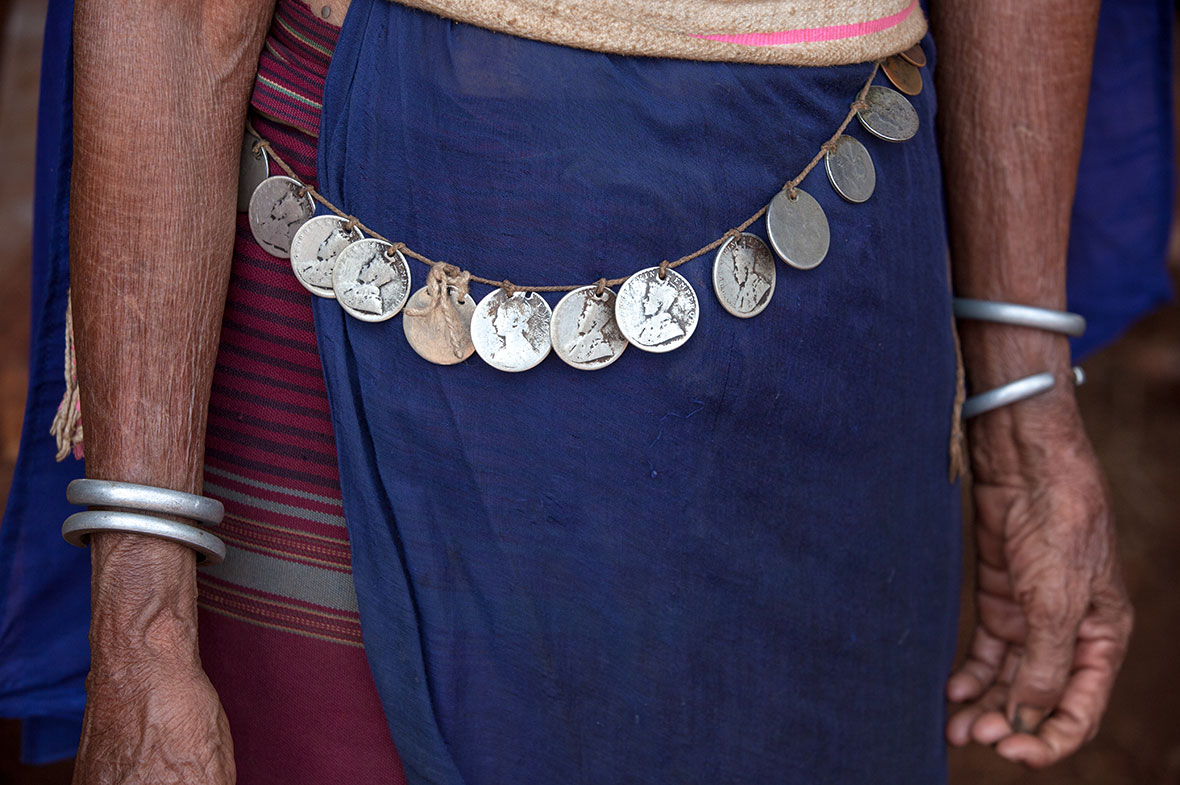
There were no telephones or televisions here, and nearby some land mines remain hidden underground, once put there by the government. Within the village, however, the land mines had all been cleared.
Only the older Kayah women wore traditional clothing. One of them I spoke to – through my guide, who luckily spoke the local dialect as the older Kayahs do not speak Burmese – didn’t know how old she was. She had, as did all the Kayah women, large holes in her ears, originally pierced a few days after birth. Way back when, these holes were filled with amber stone, later silver, and now just metal.

The next village, Dawsaw Pyar, was the highlight of the day as it felt even more authentic. I had the fortune to encounter a village elder who had been in the village when the Japanese had come during WWII, and the villagers fled to the nearby forest. She also commented that life had been incredibly difficult when they were fighting the Burmese army. I was the first foreigner she’d ever seen, and she kept touching my skin and thanking me for my visit. She had never even ridden in a car before.
We spent quite a bit of time here – chatting with the talkative women and taking photos, before heading back to Loikaw.
THE KAYAW TRIBE

On my final day in Loikaw, we journeyed southwest down a mostly dirt track, rougher than others we’d been on, to the Kayaw village of Htekho. Joining us on our trip was the village chief’s son – who I later learned was a general in the KNPP rebel group.
Along the way, we stopped at Demawso market, where we saw Kayah and Kayan women, alongside a few Pa’O from the Inle area. We bought a glass of wine for the Kayan woman, who – to my great surprise – proceeded to chug it on the spot…at 8:30am! I would quickly learn that many Kayan elders drink strictly wine, and no water.
My guide commented that the culture here is disappearing due to Chinese influence. Clothes and other products from China are sold at a cheaper price than most locals can compete with. The market itself was only moderately interesting to me, having been to so many similar ones during my travels, but it was great place to pick up supplies and meet a few locals.
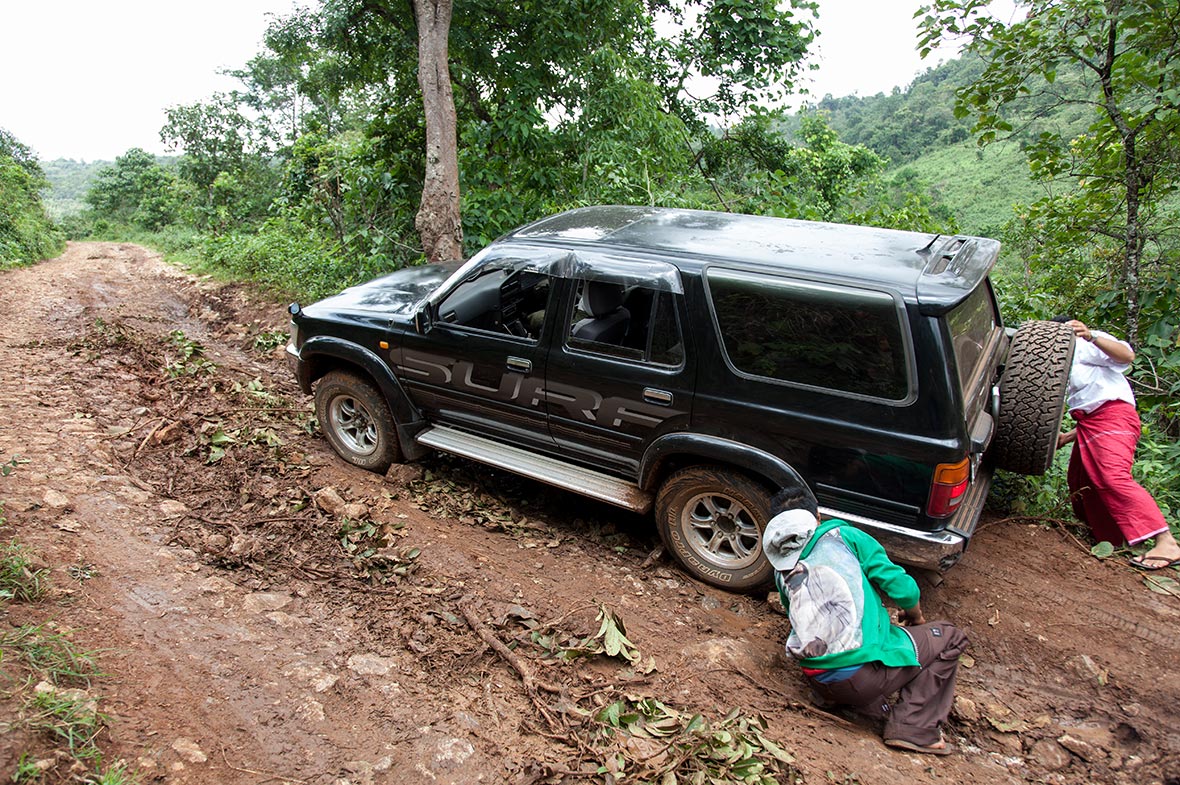
As we continued along the road, I looked out upon the scenery as it glides by. It was – as always in Myanmar – stunning, with bamboo seemingly shooting out of the ground’s every pore.
When we finally arrived at Htekho village, I breathed a sigh of relief – the 80km journey from town had taken us five hours, and we’d nearly collided with oncoming vehicles several times while taking hairpin turns. We’d also climbed to a much higher altitude, and my guide pointed out that the dense jungle that lined the roads was an ideal hideout for the rebels in the past. I realized that this is the sort of place you’d had serious problems if you broke down or had any other sort of issues along the way. No one would know you were there and it would take a long time to get help. There is no cell phone reception here.
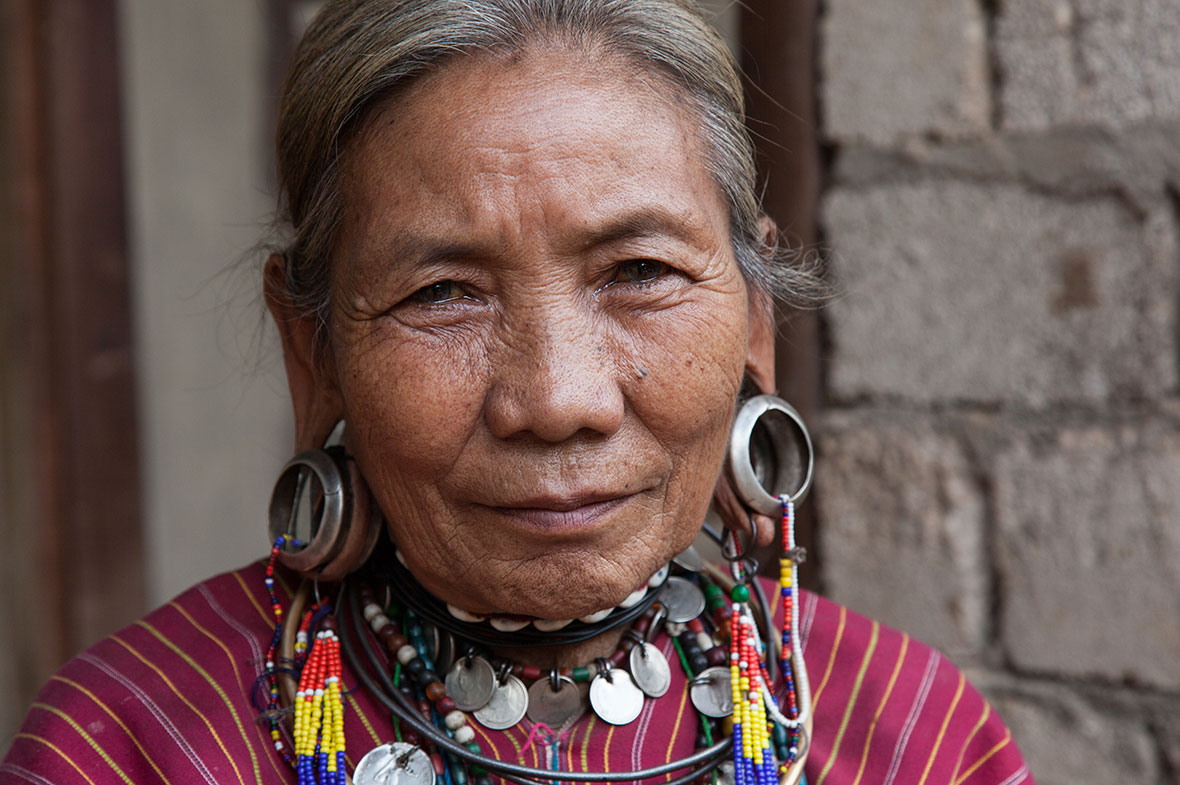
My first impression of the Kayaw people was that they were both extremely friendly and extremely traditional. This was another place where I was the first foreign visitor, and I felt quite privileged indeed. There are few places left where you can have this sort of opportunity. Nearly everyone sported traditional clothing, which consisted of leg rings, circular earrings, and elaborate necklaces. Many of them only spoke their tribal language, and could not understand Burmese.
The village chief was surprisingly friendly, though he kept a handgun at his side. As we walked about with him, the villagers crowded around us, and many gawked at me in awe. I tried not to gawk back at them, but it was difficult not to, so stunning was their traditional clothing. This was definitely my favorite experience of the entire trip.
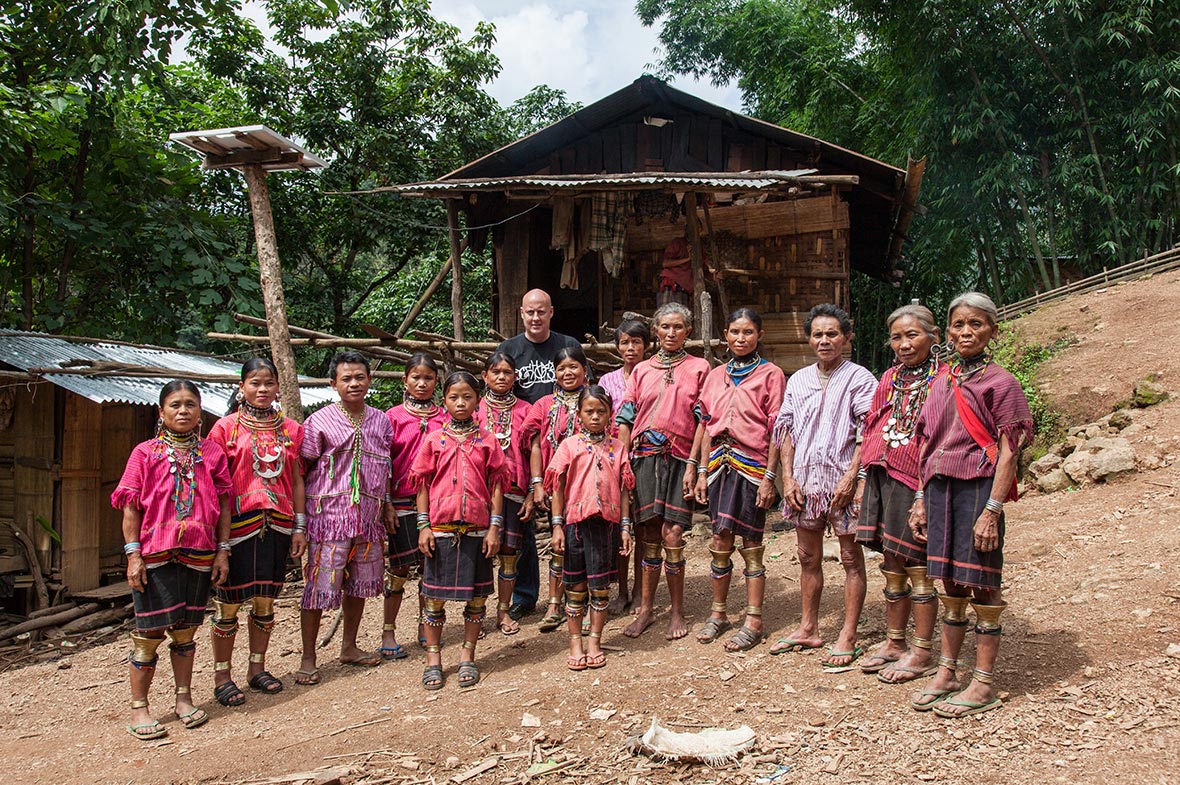
Due to the length of the drive, we could only spend an hour and a half here, and soon headed back to Loikaw, stopping at a second Kayaw village called Yar A Pyare on the way. There was a Kayaw woman on the roadside who asked if we might give her a lift to a nearby village, to where she needed to deliver a chicken. We agreed, and her and her chicken joined us in the car for a short while.
With only 300 people, Yar A Pyare is smaller than the first one we visited, and I noticed fewer villagers dressed in traditional clothing. It was mainly the elders who continued to uphold the tribe’s traditions.
POINTS OF INTEREST IN LOIKAW

In between our day trips to visit Loikaw’s various tribes, we spent some time exploring Loikaw town. Here, my guide introduced me to several points of interest that ought to be explored on any trip to the area.
The Kayhto Bo, or spirit poles, are found in most villages around Loikaw. These sacred poles are worshipped once a year, around April. I found this to be of particular interest, since most of the tribes have been converted to Christianity (some to Buddhism), though they still maintain speckles of their traditional animist customs.
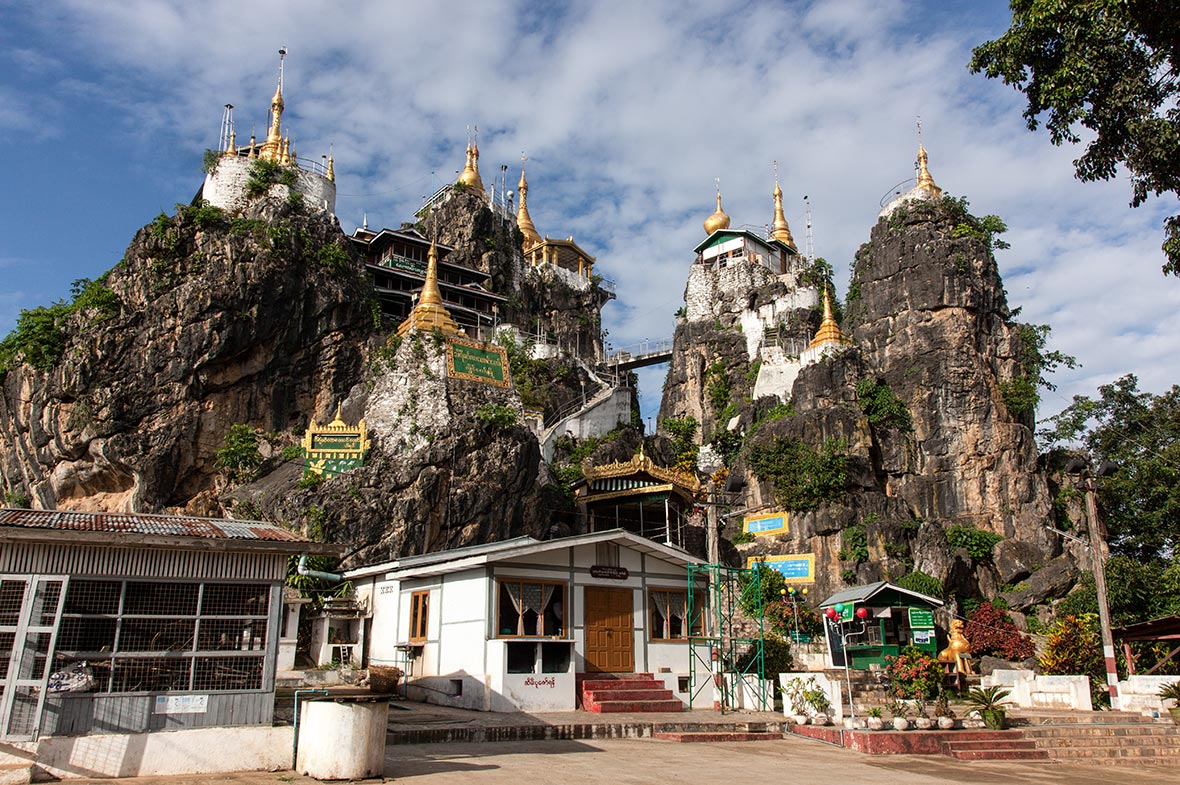
Another can’t-miss (you quite literally cannot miss it) in Loikaw is Taungkwe Pagoda, which towers over the city. Built in the 11th century across two mountains, legend says that each mountain was inhabited by opposing groups, who frequently fought. The pagoda and the bridge that was built in between the two mountains represents peace between the two groups.



